Routine maintenance is relatively consistent from season to season. You’ll need to feed your fish the right quantity of food based on the temperature, inspect the pond for algae, blanketweed, and duckweed, and prune your plants.
It can be difficult to figure out what kind of pond maintenance you need to do at any given time of year, so we’ve done our best to compress our knowledge into a single blog post.
Please see the paragraphs below for more in-depth information if you require it.
Summer
Summer is the time of year when your pond should be at its most beautiful, with lush plant growth, lively fish, and a plethora of species. If you’d want to learn more about how to care for your pond in the summer, continue reading!
- Fish
Overcrowding may be a problem if you overstock your pond in the summer because your filtration system, like the best aquarium ceramic rings, may not be up to the task. In general, 3 kilograms of Goldfish or 1 kilogram of Koi per 1000 liters of water is a good rule of thumb.
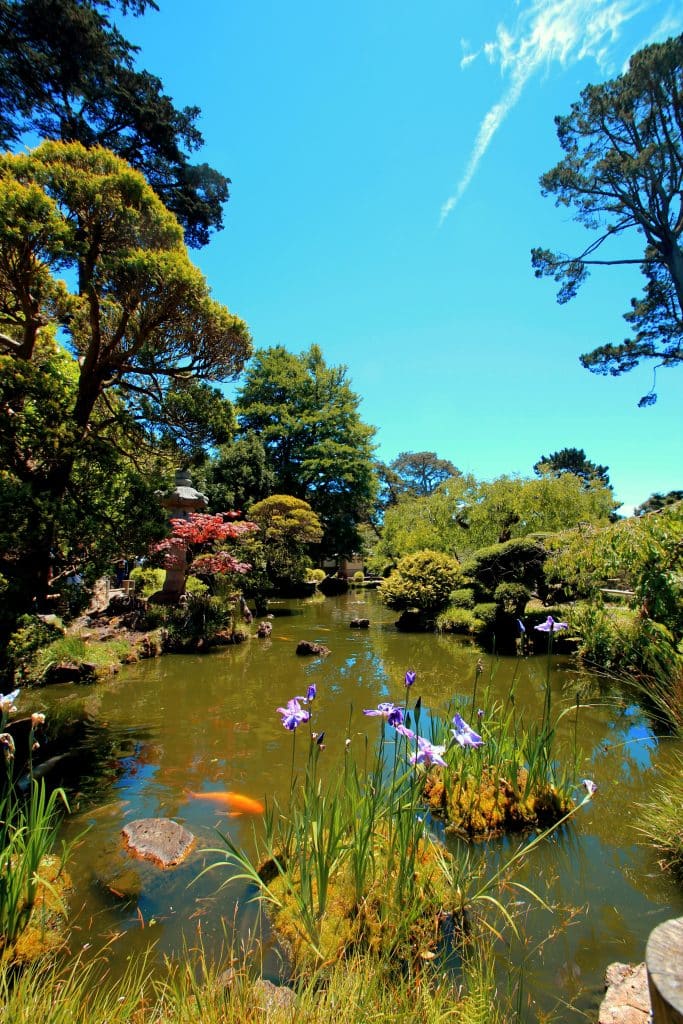
- Plants
The water and extra sunlight that your plants receive in the summer should mean that they don’t need as much attention as they would in the winter. To boost the quality of your plants’ bloom, you may wish to fertilize them and remove any decaying or dead material.
Adding more plants to your pond can help keep algae and blanketweed from blooming, as well as increase the surface area of your pond.
- Maintenance
On a monthly or biweekly basis, inspect and clean your filters and pumps. Inspect the UV lamp and any mechanical filtering to ensure they are working properly.
Spring
Prepare your pond and its residents for the warmer months as the weather warms up and your pond comes back to life after the coldness of winter.
- Fish
To ensure the health of your fish, you need to restore the pond to a state of equilibrium, particularly by raising the bacterial population.
- Plants
To encourage fresh development, prune back the growth of your plants in the spring. When your plants are young and the soil is still depleted, feed them with fertilizer to replenish the nutrients in the soil.
To divide oxygenator plants, simply select some healthy new shoots from the off-cuts and plant them in a pond basket.
- Maintenance
Check the quality of your filter if you’re pulling your equipment out of the shed after the winter. As a first step, verify the UV bulb’s condition by looking at your filter and seeing if there is any blue glow.
That’s because it’ll show that the UV is functioning. If not, it’s time for a new UV bulb replacement. You can also use best LED downlights in India for providing better warm lighting in this season. Foams should be replaced every year as well.
Autumn
It’s a great time of year to get your pond ready for winter. There are a number of things you need to do now that the weather is getting colder. This is covered below:
- Fish
Even if you use a feeding ring to determine how much food you should feed your fish, you should begin to reduce your feeding schedule when the temperature drops.
Wheatgerm is a good low-protein snack to eat when the temperature goes below 10-12 degrees (a floating thermometer can help you monitor the temperature of the pond).
Stop feeding your fish as soon as the temperature falls below 6-8 degrees.
- Plants
Protect the pond’s water quality from contamination by covering it with a mesh net to keep out unwanted items like leaves, sticks, and other organic matter.
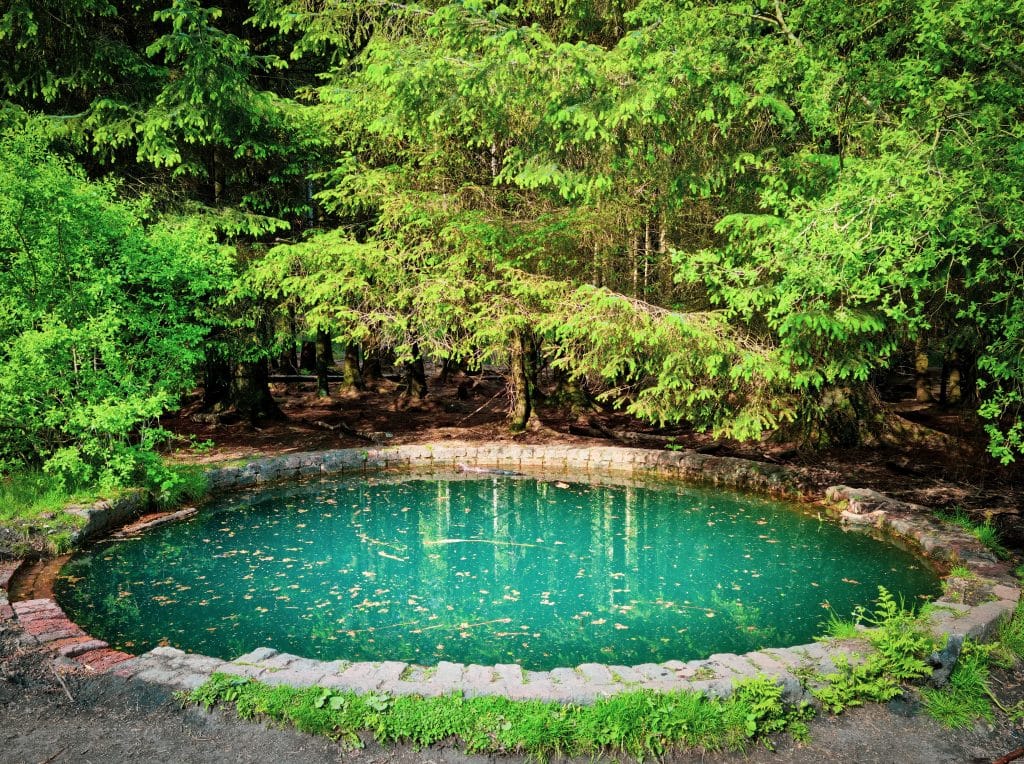
It’s also a good idea to get rid of any dead or rotting plants and to continue pruning any plants that are showing signs of fading stems.
- Maintenance
Your filter can be removed from the pond when the water temperature drops to 8-10 degrees. However, make sure to thoroughly clean the filter before storing it away.
Raising your pump will keep the chilly surface water from mixing with the warm water, as described in our blog post on pond temperature.
Winter
To keep your fish healthy in the winter, it’s crucial to keep an eye on your pond even if it’s at a low volume.
- Fish
In other words, don’t give your fish any food. You may remove your pump, but we recommend that you leave it running to avoid icing over your water garden.
You can also use an air pump or a pond heater as an alternative method of heating the water in the aquarium.
- Maintenance
If you haven’t done so already, cover the pond with a net and take out the filter. In order to avoid disturbing your fish, keep the pump running but turn off any waterfalls or fountains.
Conclusion
When you have a clean and main tamed pond in every season, taking full advantage of the beauty with your family is the best feeling ever. No matter what the season, a clean pond will always be welcoming for you along with your partners or toddlers who love enjoying mother nature while safely sitting in their baby stroller oem with the parents!

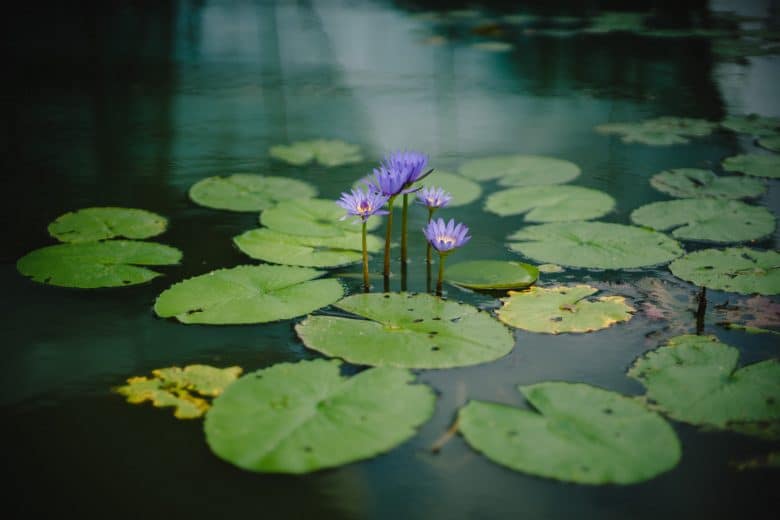






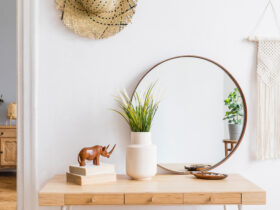


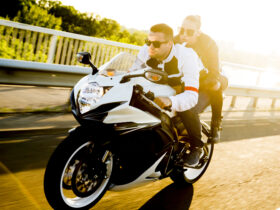
Leave a Reply